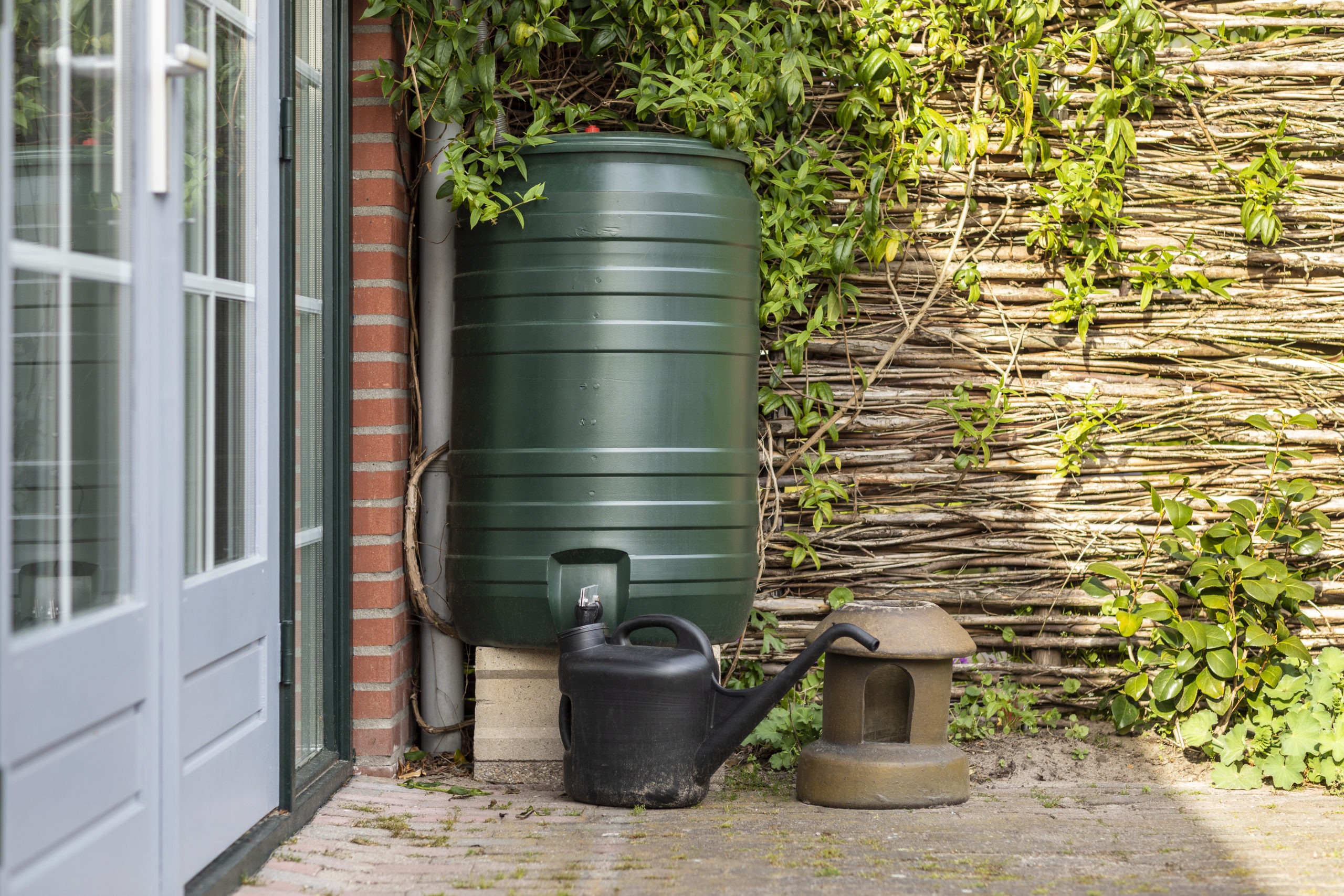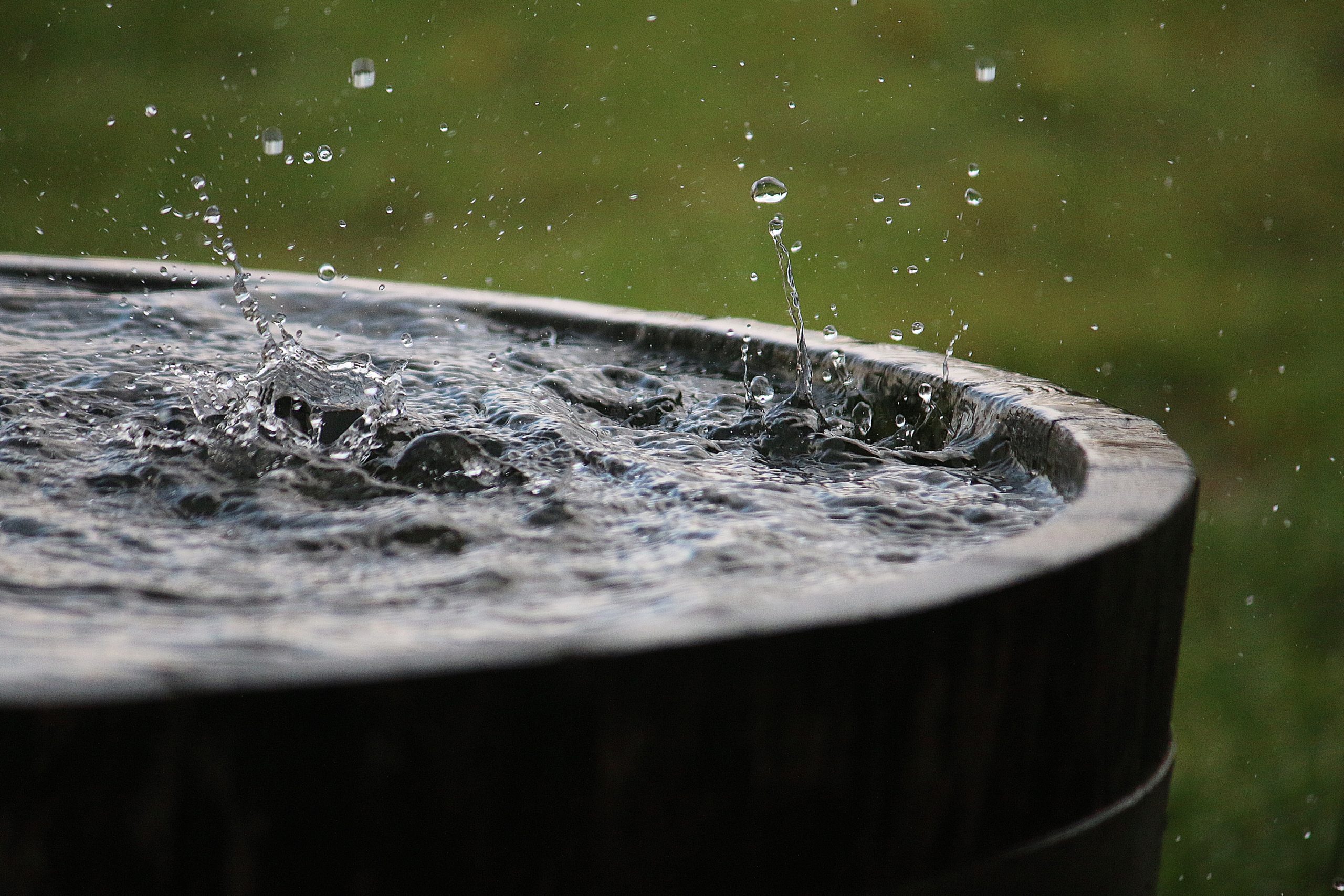An excellent way to save on household water is to recycle rainwater for your garden needs. Not only will it save you more money, but it’ll allow you to conserve the amount of water in the storage dams. Just make sure to choose the right rainwater tank for your garden needs.
At present, the range of available tanks is increasing, and depending on your preferences, your chosen rainwater tank can be installed underground, underneath your house. You can also choose an ornamental one.
If you want to find the best rainwater tank for your garden needs, The Water Tank Factory has countless options for you. Below are some of the ways to select the right rainwater tank:
1. Know Your Budget
The cost of rainwater tanks may vary depending on their sizes, materials, durability, and finish. Other factors, such as pumps, maintenance and installation costs, transport, and so on, may also affect the overall price of your preferred rainwater tank.
For this reason, know your budget and set your expectations. This way, you’ll save more time shopping around and choosing a tank within your budget.
2. Determine The Right Tank Size For Your Needs
There are different tank sizes available in the market. If you don’t know what to consider, below are some of your options:
- Small Rainwater Tanks – These may range from under 1000L in size to 7500L. Typically, a small tank is ideal for watering a garden.
- Large Rainwater Tanks – They can be 10,000L to 50,000L, which are ideal for irrigating your lawn and providing water to your house.
If you’re planning to use your rainwater tank as your primary source to save water at home, you may need extra equipment, such as filtration, taps, and a pumping system.
3. Consider Your Space
When choosing a rainwater tank for your garden needs, it’s essential to consider your garden’s space. For instance, if you don’t have enough space and want to keep your water tank hidden, an underground tank or a slimline tank is your best option.
Such types of tanks are also ideal for narrow space and a popular option for those who prefer a tank with a large capacity without requiring too much space. Your garden will also look less cluttered without the presence of big water tanks.
4. Pay Attention To The Tank Materials
Rainwater tanks are made from various materials, ranging from steel to plastic. The common types of materials you should know are as follows:
- Concrete Tanks – They’re the best option if you’re looking for a durable rainwater tank and can be installed underground or above-ground. Unlike other tanks, a concrete tank has the best bushfire resistance. It can also be constructed on-site or prefabricated to meet the unique homeowner requirements.
- Fiberglass Tanks – These are chemical-resistant and rust-resistant tanks designed to withstand extreme temperatures. Although they’re not the most inexpensive option, they’re suitable for an above-ground installation.
- Steel Tanks – They’re available in various colors, which can match your garden’s look. They have food-grade polymer lining on the inside so that the water can be harvested safely. They’re corrosion-resistant, recyclable, durable, and stylish.
- Polyethylene Tanks – These are known for being resilient, easy, and light to transport. They also come in a variety of colors, so they can seamlessly blend into your garden, regardless of your landscaping style.
5. Be Aware Of The Regulations In Your Location
Some areas have specific regulations based on their property’s location, access to the centralized water system, and rain frequency in the area. Therefore, before moving forward with choosing and installing a rainwater tank, make sure to get in touch with your area’s local officials regarding the regulations for installing water tanks.
You have to determine the requirements related to operation approval and planning and for acquiring an installation permit. Usually, a standalone tank that’s not connected to the downpipes of the property doesn’t require approval, but it’s always best to double-check.
6. Decide Where To Buy
With today’s advancement of technology, you can purchase anything right at the comfort of your home. If you want to save time and avoid the hassle of driving to the nearest rainwater tank store in your area, you can consider shopping online. However, if you want to see and check the tank personally, it’s wise to shop at the local stores.
Conclusion
If your garden is looking a bit parched, a rainwater tank is the best solution to ensure you always have more water for your plants. The good thing about it is that you don’t need to deal with complicated plumbing as the water flows from your roof’s gutter to the tank, from which you can attach a garden hose. All you have to do is keep the above strategies in mind to choose the right rainwater tank for your garden needs.


